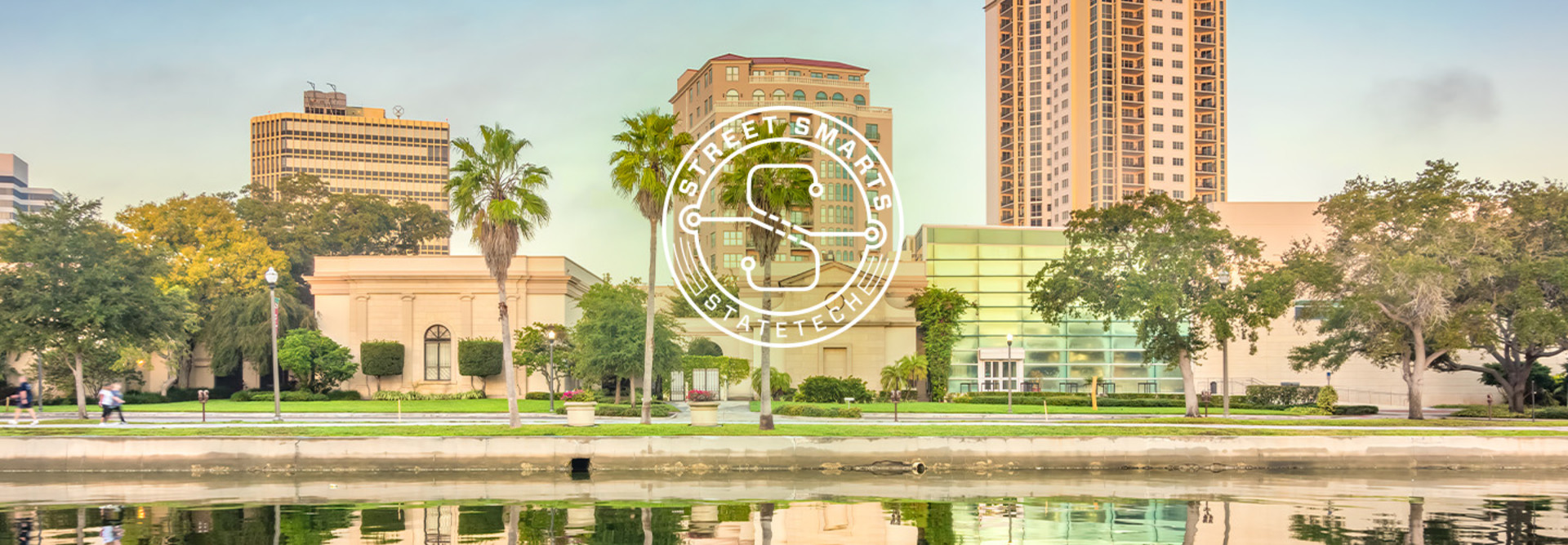Smart Lighting as a Base for Other Tech Deployments
The first smart tech initiative installed smart streetlights on the USF campus. Outfitted with energy-efficient LEDs, the lights can be dimmed or brightened via a centralized system.
The prep work for the project involved running new fiber to the poles to enable Internet of Things (IoT) connectivity. Barlow suggests cities that are considering a similar implementation look for ways to minimize the amount of fiber that needs to be added, unless they’re planning to perform major infrastructure work.
“To dig up an existing road to lay fiber to get light poles hooked together is just cost-prohibitive, and it’s disruptive,” she says. “My advice has been that if you want to do things that require fiber, are there other tools and techniques, like LTE, that you can use to link light pole to light pole? Can you run fiber to the first pole and then daisy-chain off that?”
Streetlights Support Smart Initiative for Traffic Management
The streetlights’ connectivity capabilities helped facilitate another project that centers on smart intersections. Cameras and sensors installed on light poles in one location are gathering pedestrian, bicycle and automobile-related data that reveals daily traffic patterns, accidents and other elements.
Officials chose the intersection of 3rd Street South and 6th Avenue South for the project for the large volume of pedestrians, bikes and cars that regularly pass through, Barlow says. In addition to having an oddly located crosswalk, some traffic-related issues have occurred at the site.
EXPLORE: How cities are using autonomous vehicles to expand citizen mobility.
“Our county has a particularly high rate of accidents involving cars hitting pedestrians, or cars hitting bicyclists,” she says. “We know about incidents where there’s a police report or a trip to an emergency room. We don’t have great data about near misses.”
The intersection technology could potentially help guide the city’s planning for infrastructure changes. Transportation Manager Cheryl Stacks says it’s an upgrade from the previous method of collecting information, which involved downloading data from a camera that had been mounted at a location for a day or two.
“The software associated with the camera allowed staff to review the data quicker than it was recorded, but it was still labor-intensive and only provided a snapshot in time,” Stacks says. “The smart intersection allows for long-term data collection and an easier means for data review and analysis.”











